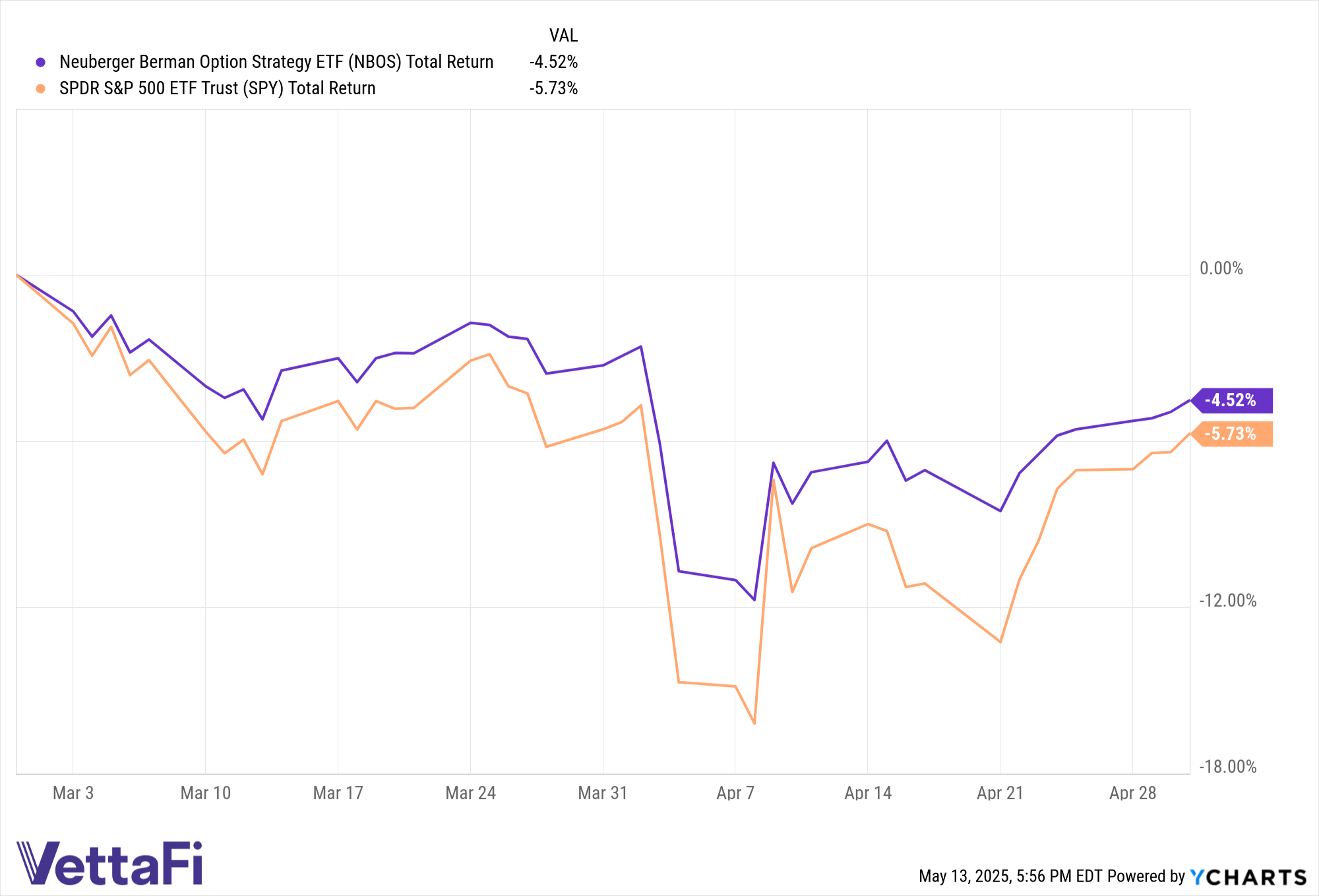Understanding the Latest Inflation Trends: What April 2025 Data Reveals

The topic of inflation continues to dominate economic discussions in 2025. With recent data releases and global uncertainty, understanding the latest inflation numbers is more important than ever. This article breaks down what the newest reports mean for American consumers and businesses.
April 2025: CPI and Recent Developments
April's Consumer Price Index (CPI) data showed encouraging signs for the U.S. economy. According to CNBC's detailed coverage, the consumer price index rose just 0.2% in April, bringing the annual inflation rate to 2.3%. This figure marks a four-year low and falls near what many economists consider a healthy, manageable level. Core inflation, which strips out food and energy prices, was up 2.8% compared to the previous year.
While the headline numbers may seem reassuring, economic analysts remain cautious. The effects of ongoing tariffs, shifting global demand, and supply chain adjustments have yet to be fully reflected in consumer prices. The ETF Trends report highlights the persistent uncertainty. Investors and economists are watching closely for potential stagflation—a scenario where inflation remains elevated while economic growth stagnates.
Tariffs: The Next Chapter for Inflation?
Much of the current inflation conversation revolves around tariffs and trade policy. Recent reports underscore how businesses and households may soon feel new pressures. An analytical summary from Axios explains that, while the latest inflation numbers seem benign, tariff-related price increases could be on the horizon. Major retailers, such as Walmart, have already signaled they will have to pass higher costs on to consumers if tariffs intensify. Treasury officials acknowledge that even modest tariff hikes may eventually push some consumer prices upward.
Stagflation Concerns and Economic Outlook
April's CPI print left markets uncertain about the economic path ahead. The ETF Trends article on stagflation warns of unique challenges. Inflation that comes hand-in-hand with stagnant growth can be especially hard to manage. Federal Reserve Chair Jerome Powell has noted that sustained higher tariffs may slow the economy further while raising costs.
To prepare for such scenarios, investors are considering new strategies. For example, options-based funds such as the Neuberger Berman Option Strategy ETF are designed to mitigate potential losses during volatile periods. This approach may help cushion portfolios if the inflation outlook worsens or if markets turn sharply down.
What Does the Latest Inflation Data Mean for You?
For most Americans, the latest inflation data brings a mix of relief and uncertainty. Prices are not surging as they were in previous years, but experts warn that this stability may be temporary. As tariffs and trade disputes evolve, keeping an eye on the next few months is crucial. Following comprehensive resources like CNBC's April inflation breakdown and Axios' economic indicators can help you stay informed.
Conclusion: Staying Informed in a Shifting Economy
The latest inflation figures for April 2025 indicate a pause in rapid price increases. Still, lurking factors such as tariffs and global market shifts mean uncertainty is far from over. By understanding the major drivers and seeking out up-to-date analysis, consumers and investors can better navigate the road ahead.